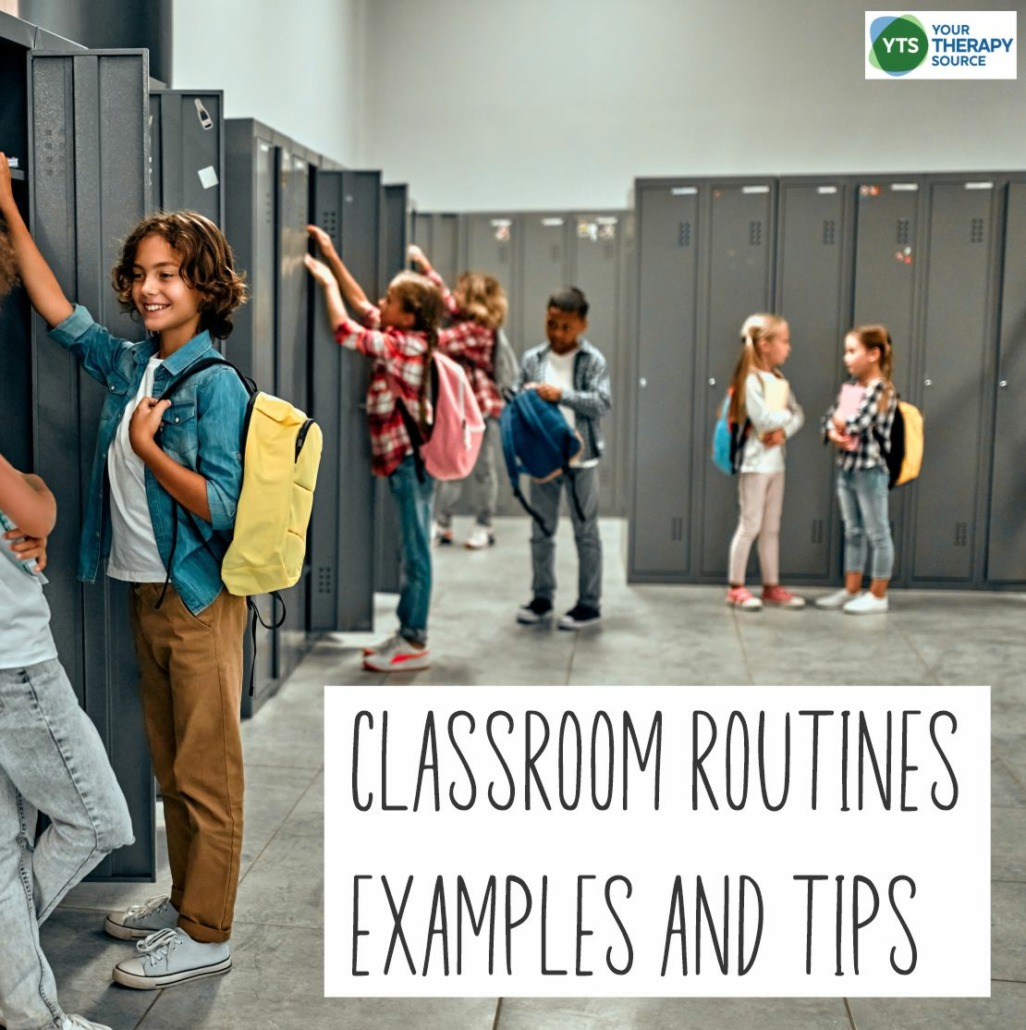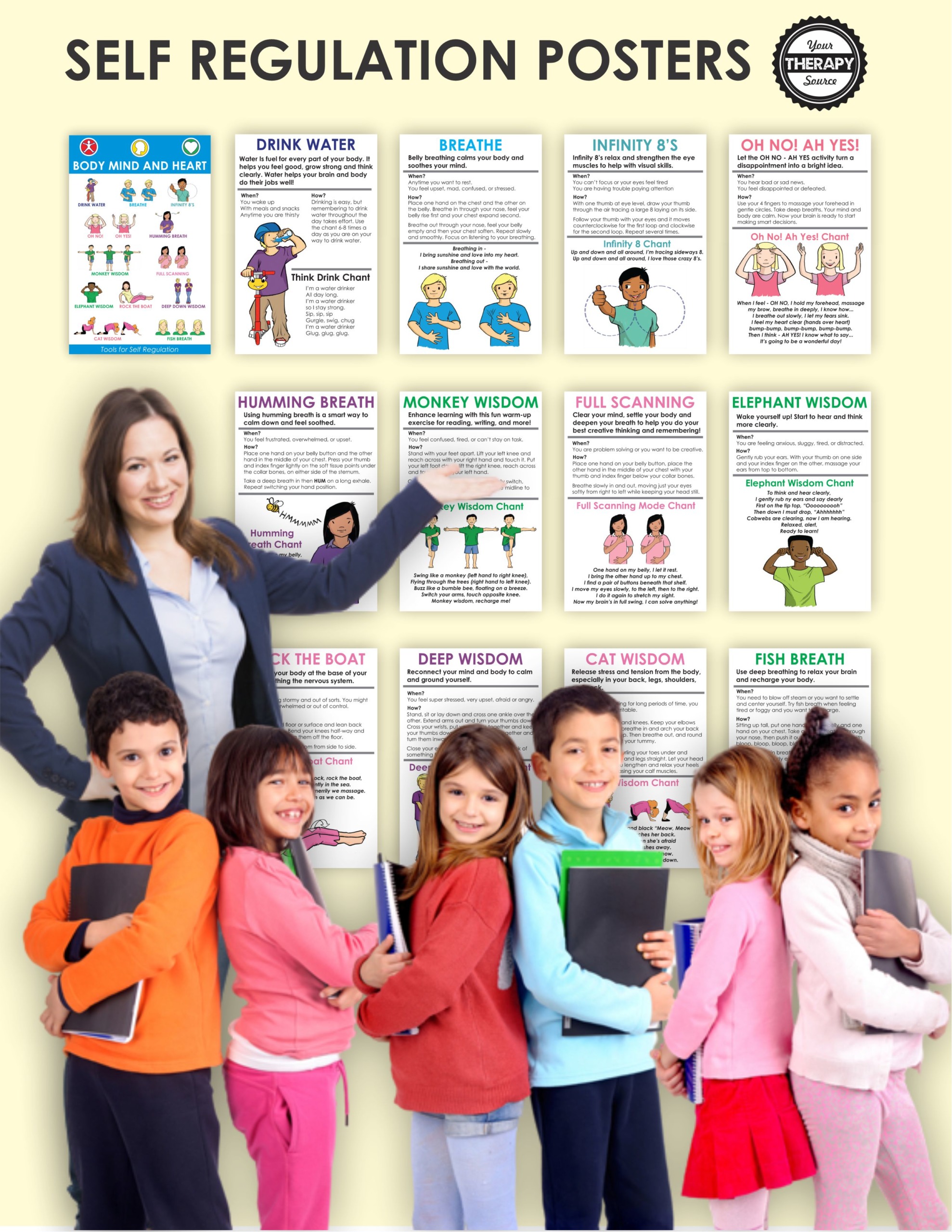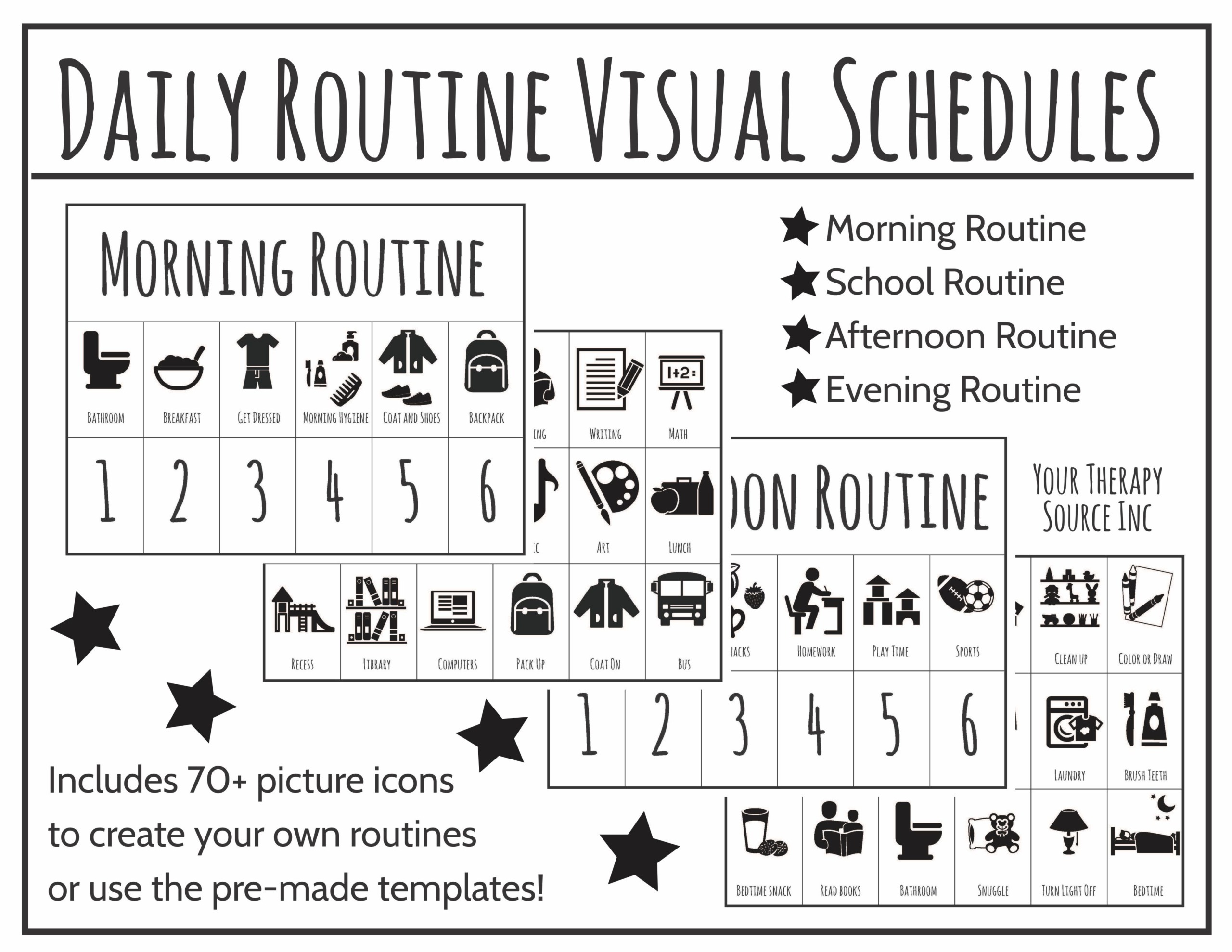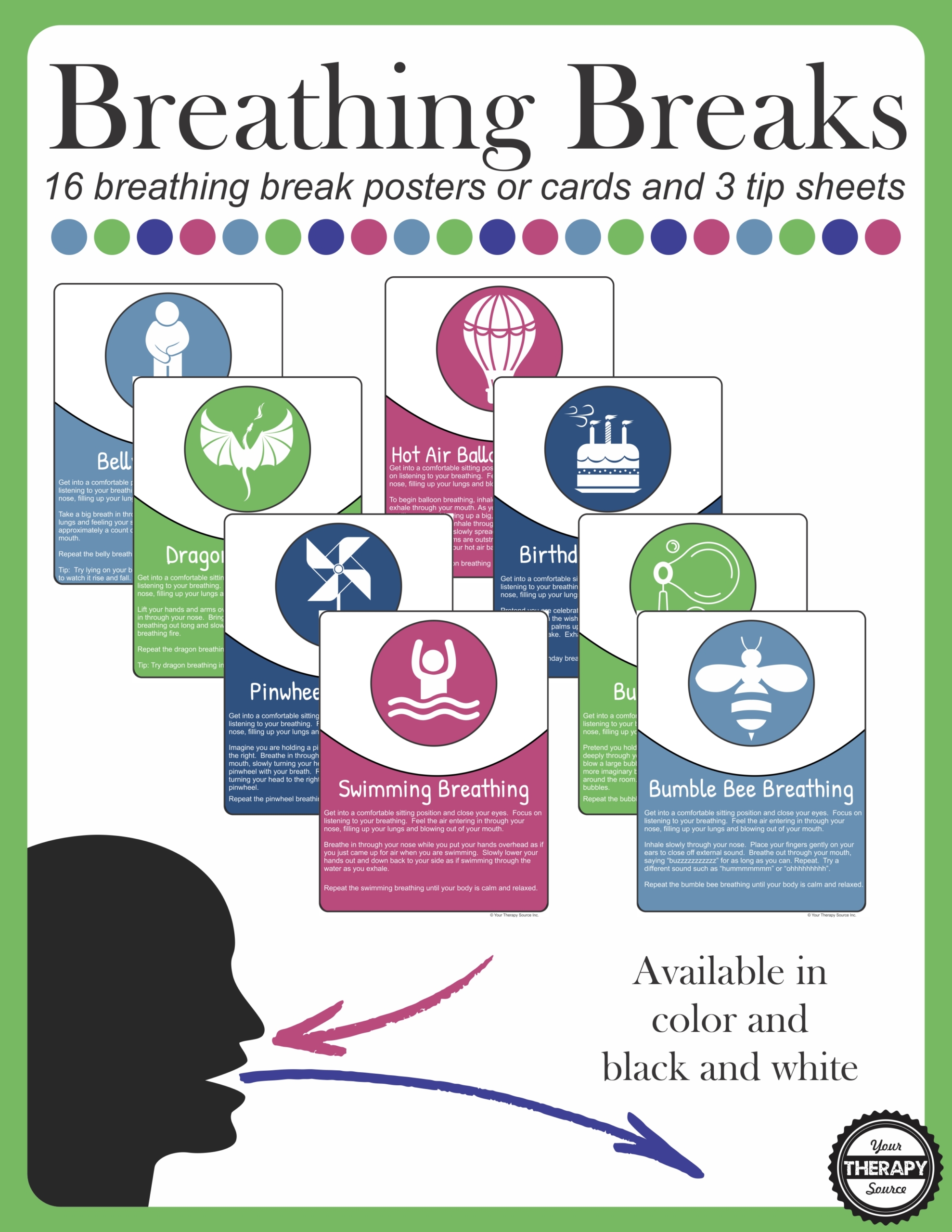Classroom Routines, Examples and Tips

Classroom routines are the foundation of a stress-free classroom. When classroom management is consistent and all children are on the same page, it is easier to transition from one activity to another and, most importantly, keep students focused and engaged. Learn about classroom routines, examples and more.
Creating classroom routines can be challenging but the benefits of doing so will greatly outweigh the inconvenience. In this blog, we will talk about the importance of classroom routines, tips to create stress-free routines for your class, examples of classroom routines you can use in your class, and the benefits and challenges of implementing classroom routines.
IMPORTANCE OF CLASSROOM ROUTINES
Routines for the entire class are a vital part of student life. They help students to function independently while promoting time management skills. Classroom routines provide students with a sense of structure and familiarity so that they can focus on learning rather than be distracted by chaos. Such routines save time and effort for both teachers and students.
It also helps prevent disruption and behavior problems and saves time spent on correcting behavior later on. By reinforcing classroom routines throughout the year, teachers can ensure a smooth learning environment and cultivate independent, self-directed learners.
With the right classroom routine, students will feel more relaxed, engaged, and connected to their learning. Overall, introducing and maintaining effective and clear classroom routines should be essential in every classroom setting for every grade level. It is also very beneficial for a trauma informed classroom.

Self Regulation Posters
TIPS ON CREATING STRESS-FREE CLASSROOM ROUTINES
Establishing stress-free classroom routines is necessary for the smooth functioning and orderliness of any classroom, especially on the first day of school and throughout the initial weeks of school. The teacher must allocate ample time explaining and demonstrating the routines and procedures, with clear instructions on following them. Once implemented, they help children navigate physical and online learning activities with ease and instill confidence in them.
End-of-class routines that provide structure and predictability are equally important for minimizing chaos during transition periods. Established routines must also be taught and practiced regularly to be effective. Incorporating a certain classroom procedure throughout the day and practicing it daily will help build your classroom community.
CLASSROOM ROUTINES EXAMPLES
Classroom routines are essential for procedures like entering/exiting, turning in and receiving assignments, and transitions. Examples of classroom routines can include attendance procedures and how to finish work early. Common routines that are often overlooked but just as important, are daily tasks such as lunch and recess procedures. Reviewing classroom routines at the beginning of each school year or semester can help refresh students on expectations.
Examples of classroom routines when arriving at school for the morning routine in an elementary classroom are:
- teacher greeting at the start of the day
- hanging up coat and backpack
- putting away school materials in a folder, mailbox, or desk
- taking a seat
- complete a bell ringer or morning work
When transitioning or leaving the classroom, routines may include:
- completing an exit ticket.
- packing up bags and putting on jackets
- lining up at the door quietly (use different lining-up strategies: alphabetical order, age order, size order, etc)
- saying goodbye to the teacher.
You can create a classroom procedure for using school supplies:
- use pencil sharpener quietly
- glue sticks are stored in one location
- provide pencil boxes to store all supplies
- place all supplies in pencil boxes after activities
Examples of routines regarding phone use in middle school or high school are: putting phones away during class, no cell phone use in the restroom, or only using phones during designated break times.
Some brain break ideas that can be turned into routines are:
- Maintain personal space between classmates when doing movement activities
- Keep the level of your voice at an appropriate level during group work outs
- Finish the brain break sitting in classroom chairs with deep breathing.
Routines for after recess can include: quiet, calming music, deep breathing, reviewing material, completing independent work, or collecting any missed work.
Structuring the end of the school day for a smooth dismissal process in your own classroom can ease the stress of dismissal time. Examples at the end of the day can include: reviewing the day’s material, completing an exit ticket, having students clean up their work area, and reviewing homework.
BENEFITS OF HAVING CLEARLY DEFINED CLASSROOM ROUTINES
Having clearly defined classroom routines provides several benefits for both teachers and students. They create independent learners who can work efficiently and reduce stress in the classroom environment. A well-rehearsed routine saves time for both teachers and students, ultimately allowing more focus on learning.
They provide structure, which enhances behavior management, reduces distractions, and creates consistency. Small routines can foster a positive learning environment and increase confidence in both students and teachers. They serve as reminders for students regarding expected behavior, whereas rules focus on consequences. By establishing classroom routines, teachers can create a more efficient and stress-free classroom environment.

Daily Routine Visual Schedules
CLASSROOM ROUTINES EXAMPLES OF CHALLENGES
Implementing classroom routines can be challenging, but it is essential to provide structure and stability to students. One of the biggest challenges is repeatedly teaching and practicing the routines for them to become effective.
Be sure to introduce potential classroom routines early on in the school year when students are still adapting. Teachers can create a slideshow with written procedures to help students understand the routines clearly. Try adding visual supports to help provide further reminders.
It is crucial to invest time and effort into teaching and practicing routines because they can ultimately save time and make the teacher’s job easier. A structured classroom routine ensures a productive learning environment and positive classroom community for students, without creating additional stress for the teacher.
FREQUENTLY ASKED QUESTIONS ABOUT CLASSROOM ROUTINES EXAMPLES
How Can I Create an Effective Classroom Routine?
Creating an effective classroom routine is essential for any successful learning environment. It will help promote discipline, focus on task completion, and also encourage students to take ownership of their learning. Here are some tips that can help you create an effective classroom routine:
1. Establish Clear Systems: You need to set up routines, expectations, workflows and clear systems to make sure your classroom runs smoothly and efficiently. You should also be consistent in following these rules and procedures.
2. Use Presentations or Posters: Using presentations or posters to introduce classroom procedures is an effective way to teach students classroom routines without talking directly to them. This way, they can visualize the task they need to perform while listening to instructions.
3. Classroom Routine Development: Developing classroom routines is important if you want to create a successful learning environment. This can include setting appropriate time limits for activities, adjusting noise levels during lessons, and creating a positive learning atmosphere for both physical and online classes.

Breathing Breaks Deep Breathing Exercises
What are some successful classroom routines and examples?
Classroom routines are an essential part of creating an orderly and effective learning environment. They help manage both time and behavior in the classroom, while also providing a sense of safety and comfort to students, allowing them to focus on their education. Examples of successful classroom routines include:
1. Line up in an orderly fashion when transitioning from one activity or space to another
2. Hand in homework at the start of each class period
3. Retrieve materials for upcoming activities from the same location quickly and efficiently
4. Use a consistent approach for regular housekeeping tasks such as putting away supplies
5. Have an end-of-class routine for tidying up the space and saying goodbye
These routines should be simple, easy, and effective — success lies in their consistency! Once you have established your classroom routines and expectations, students will become familiar with the structure and predictability that comes with it.
WHAT ARE TIPS FOR CREATING AN ORGANIZED CLASSROOM ENVIRONMENT?
Creating an organized classroom environment is an important step in setting up an effective learning atmosphere. Here are some tips to help you get started:
1. Introduce potential classroom routines and procedures – Before starting any class, provide students with information on how the class will be conducted, along with expectations for behavior and participation. Consider introducing set procedures that everyone can easily follow and make sure to inform them of any changes in advance.
2. Provide clear workflows, protocols, and procedures for accessing and submitting work – Establishing methods for completing tasks within your classroom should be a priority since it helps increase productivity and prevent distractions. Make sure to provide your students with detailed instructions on how to access materials, submit assignments, and complete tests and exams.
3. Establish group procedures and roles for larger assignments/projects – Working together in a team is a great way to develop problem-solving skills and encourage collaboration. Define each student’s role when working with a group and ensure that everyone understands the expected outcomes for their assignment or project.
4. Use silent methods for gaining attention to prevent distractions – Yelling or calling out names will only create more noise and confusion in the classroom. Instead, opt for silent methods like raising a hand or
What changes should be made if a classroom routine is not working?
If a classroom routine is not working, it’s important to make changes. Here are some tips for creating an effective classroom routine:
1. Provide more practice time for classroom routines. Practicing the same sequences several times helps students to become familiar with what to do in each situation.
2. Use visual supports such as pictures and charts to help reinforce expectations and provide support to students who may need extra help.
3. Determine ahead of time which routines and procedures will be used in the classroom so that expectations can be communicated clearly to students.
4. Create transition routines so that students have an orderly method for transitioning between activities and understand expectations for movement throughout the classroom.
5. Plan and teach new routines if existing ones are not working effectively. Make sure that all students understand and can complete the new routine with success.
Conclusion
Having classroom routines is a great way to reduce classroom management issues and facilitate the learning process. It allows students to quickly learn what to expect in each classroom setting and gives them a sense of security and belonging. When students feel secure, they’re more focused on learning and less likely to get distracted or act out. They also know what their responsibilities are as learners and can easily follow classroom rules.
Clearly defined classroom routines, help save time by eliminating the need to explain routine changes or expectations to students individually. This makes the classroom environment stress-free for teachers and students alike. However, implementing classroom routines isn’t always easy. You might face challenges like student resistance or lack of resources that make it difficult to create structured classroom routines. But with time and practice, your classroom will become a place where students want to be!


